July 8, 2025 — Global financial markets are signaling defiance as former U.S. President Donald Trump doubles down on his pledge to impose sweeping new tariffs if re-elected. The response from major stock indexes around the world suggests that investors may be calling Trump’s bluff.
A Bold Economic Warning
In recent campaign speeches, Trump has promised to implement a 10% universal tariff on all imported goods and up to 60% on products from specific countries, especially China. The announcement sent shockwaves through economic circles, reigniting fears of a renewed trade war and potential supply chain disruptions.
Trump argues the tariffs would protect American jobs and reduce reliance on foreign manufacturing, framing them as a tool for “economic independence.” He also suggests that tariffs could be used as leverage to force companies to bring operations back to the U.S.
Markets React — But Not the Way Trump Expected
Contrary to expectations of a market sell-off, global markets largely shrugged off the threats. Major indexes across Europe, Asia, and the U.S. posted gains, with some even hitting multi-month highs. The behavior suggests that investors either doubt Trump will follow through on the full extent of his threats—or believe that economic fundamentals remain strong enough to withstand short-term shocks.
Analysts say the muted reaction may reflect confidence in corporate adaptability, past experiences with tariff threats, and the possibility that Trump’s policies may be more political than practical if he returns to office.
Tariff Talk or Trade Reality?
This isn’t the first time Trump has used tariff rhetoric as a central piece of his platform. During his previous administration, he frequently targeted China with aggressive tariffs, leading to tense trade negotiations and market volatility. However, many of the feared long-term consequences never fully materialized, and some tariffs were quietly rolled back or modified.
This time around, economists are more cautious. A blanket 10% import tax could increase consumer prices, strain international relations, and disrupt industries dependent on foreign materials or manufacturing. While tariffs may offer short-term revenue boosts and political wins, critics warn they could backfire economically.
Europe and Asia Brace for Impact
European and Asian economies have taken note. Business leaders in Germany, Japan, and the UK are already reviewing contingency plans, including diversifying supply chains and exploring ways to insulate exports from potential U.S. tariffs.
At the same time, global central banks remain focused on inflation control and currency stability. While Trump’s tariff threats raise concerns, monetary policymakers appear committed to avoiding panic, preferring a “wait and see” approach as the U.S. election nears.
U.S. Businesses in a Bind
American companies that rely heavily on imports, such as those in the tech, automotive, and retail sectors, are quietly voicing concern. For many, a new wave of tariffs would mean rising costs, thinner margins, and pressure to raise prices—just as inflation is beginning to cool.
Some CEOs are also worried about diplomatic fallout. If trade partners retaliate, U.S. exporters could be hit with their own tariffs, escalating tensions into a broader economic conflict.
Looking Ahead
With the 2025 presidential race heating up, Trump’s tariff strategy is likely to remain in the spotlight. Whether it’s a negotiating tactic or a firm policy plan, markets are bracing for a possible shift in global trade dynamics.
But for now, investors seem unconvinced that the worst-case scenarios will unfold. Whether that optimism proves wise—or dangerously premature—will become clearer as election day approaches.

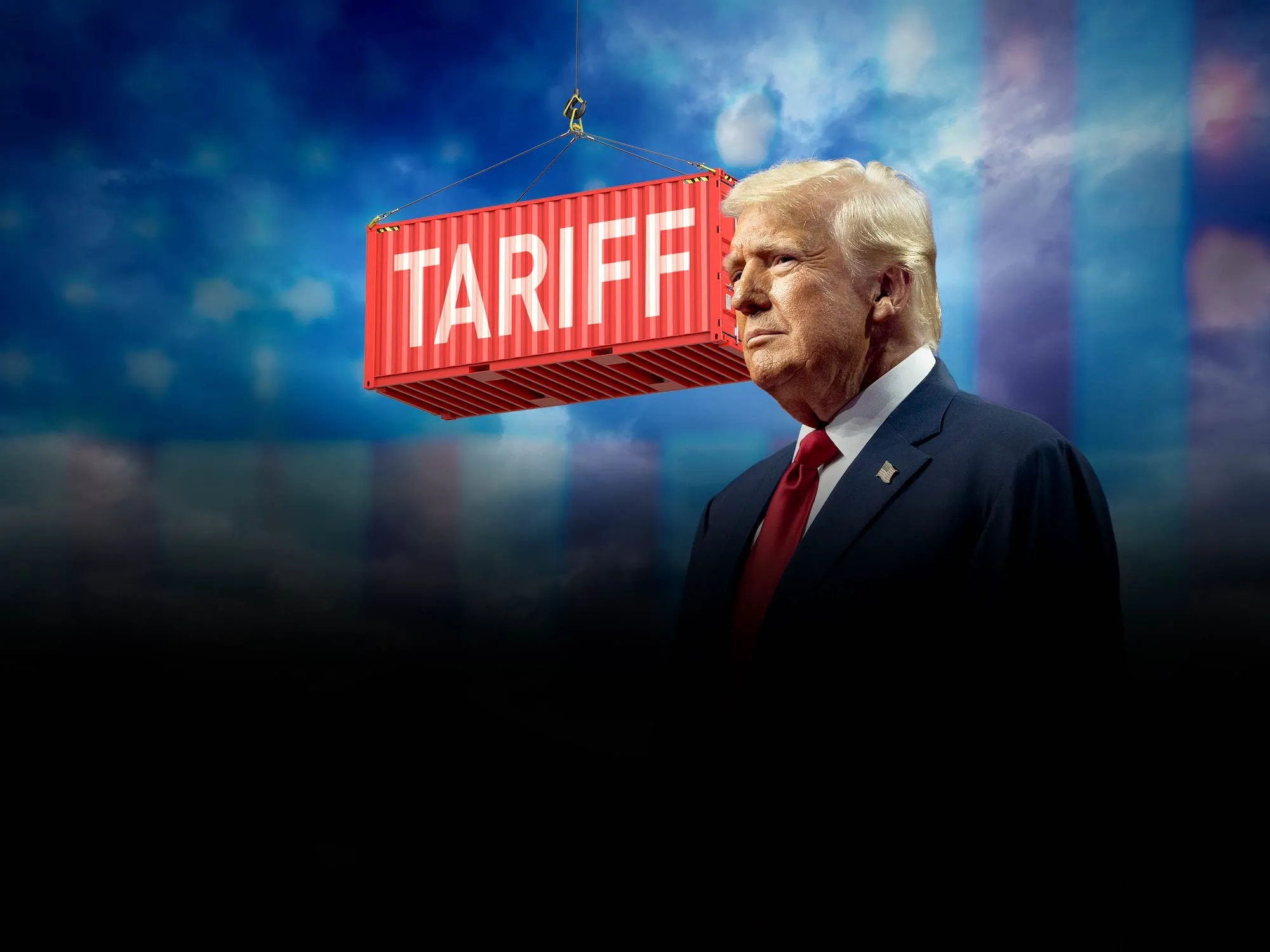
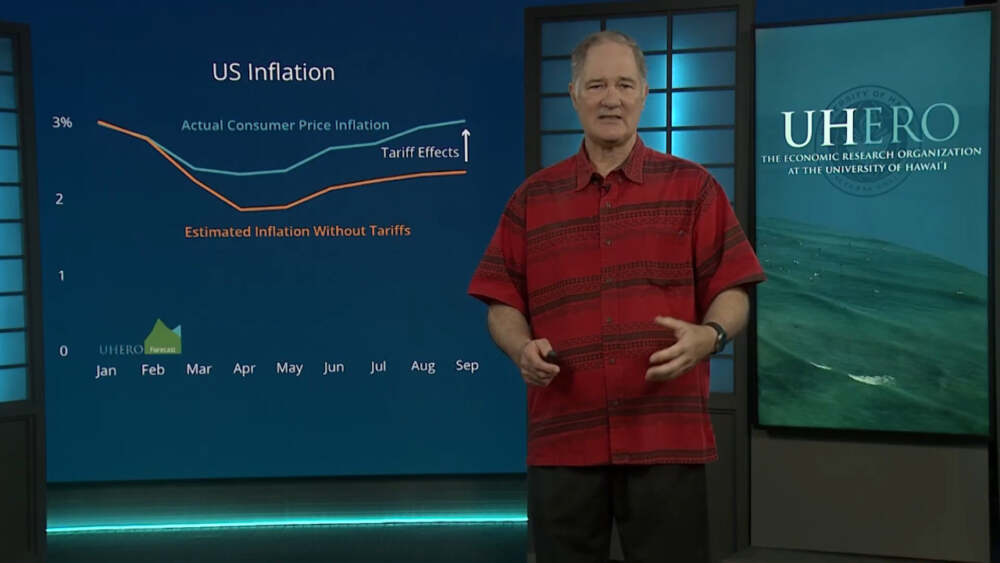


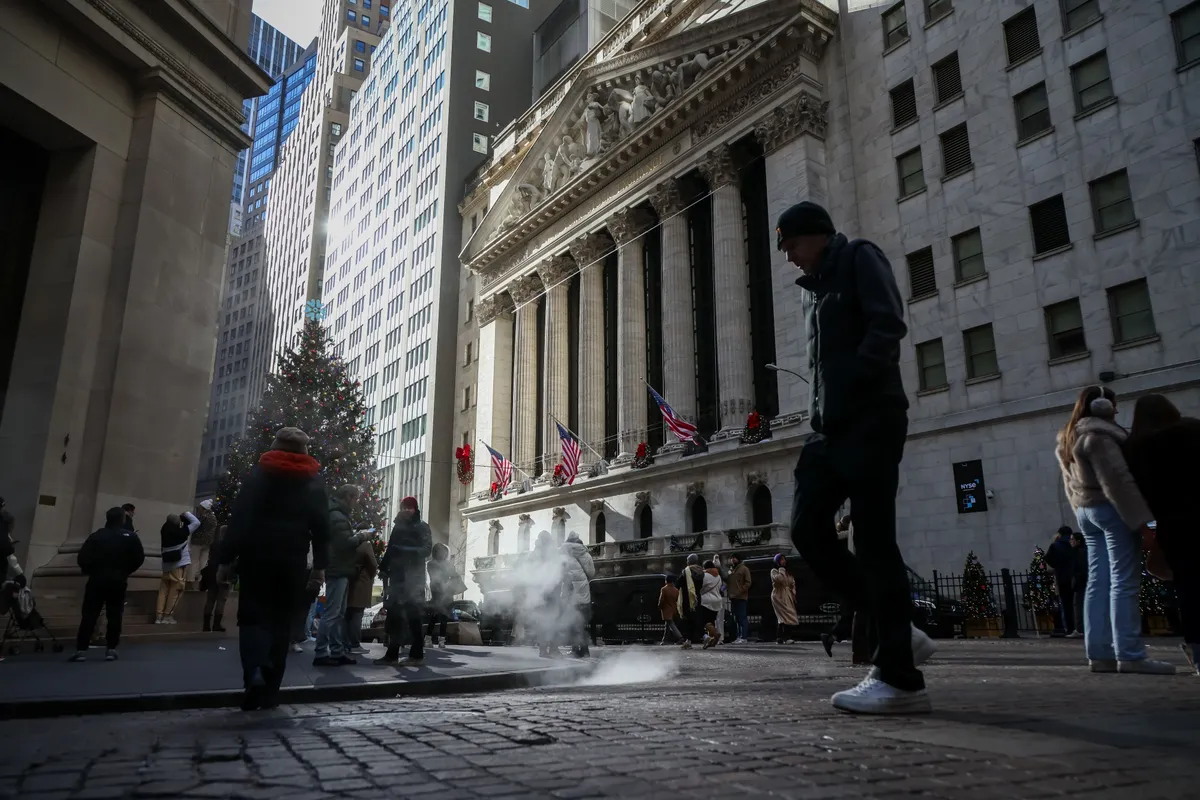
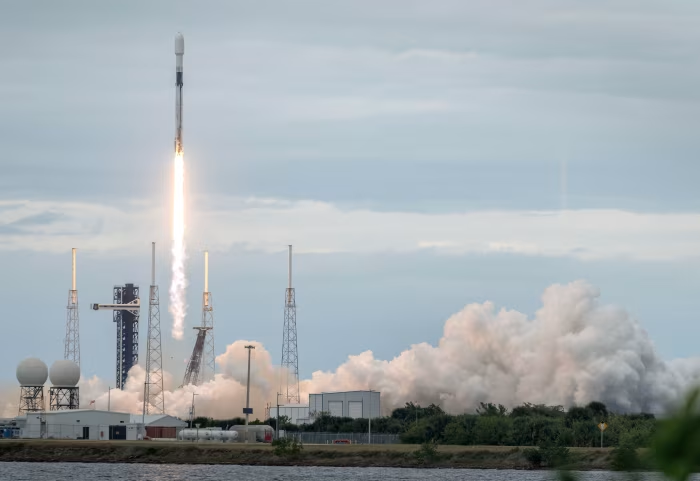

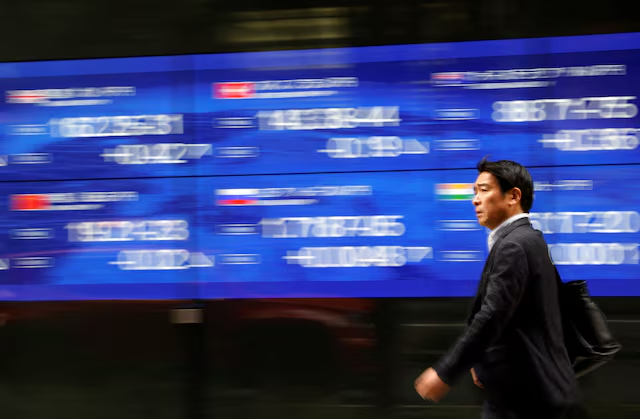



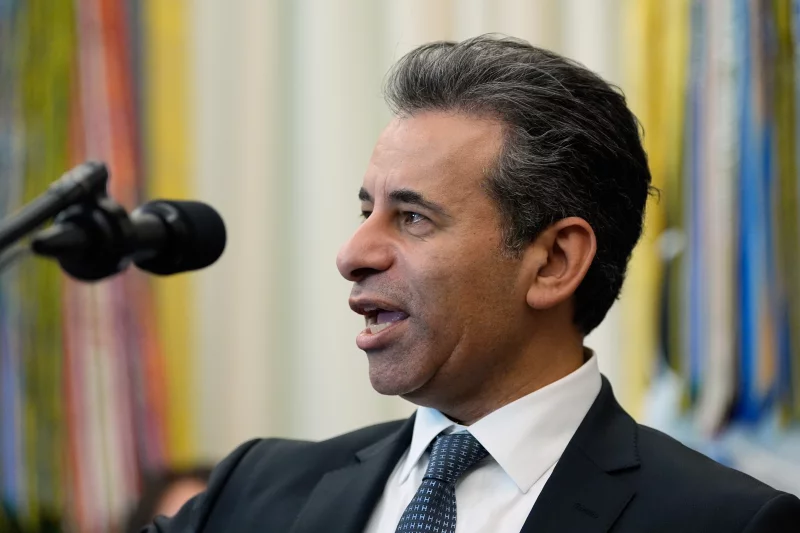



Leave a Reply